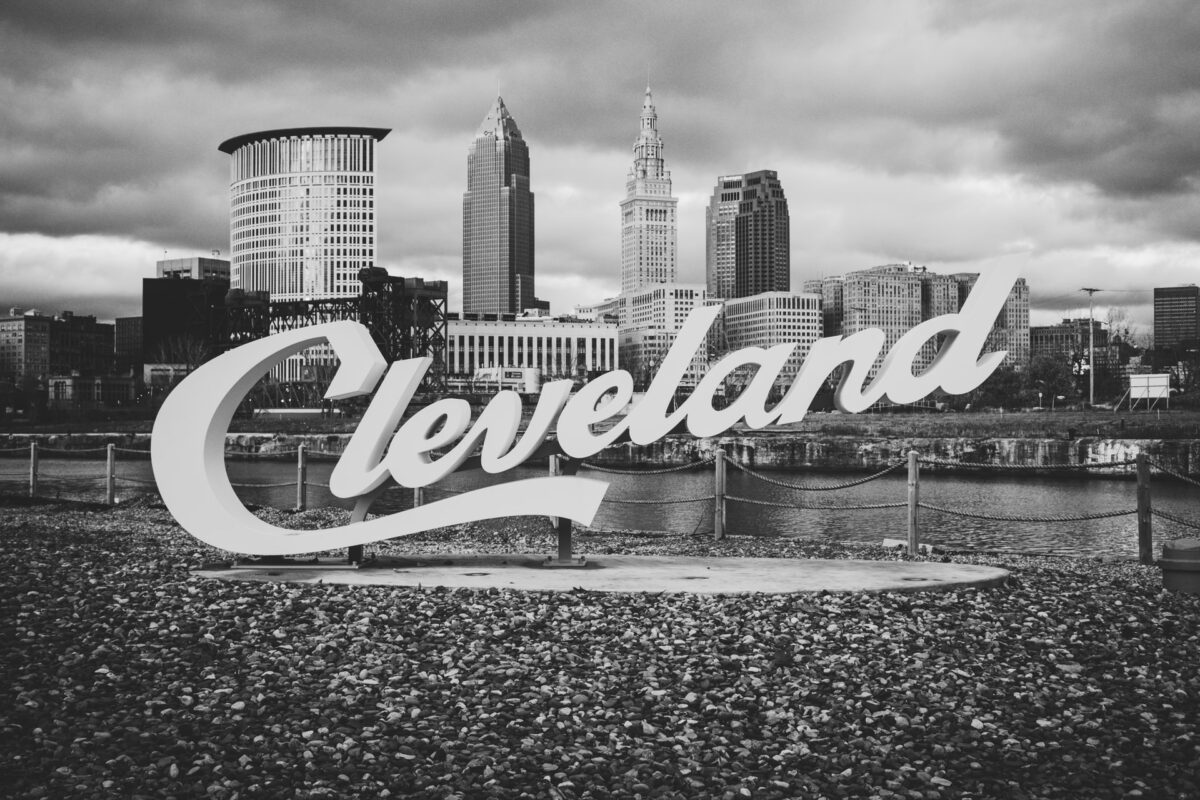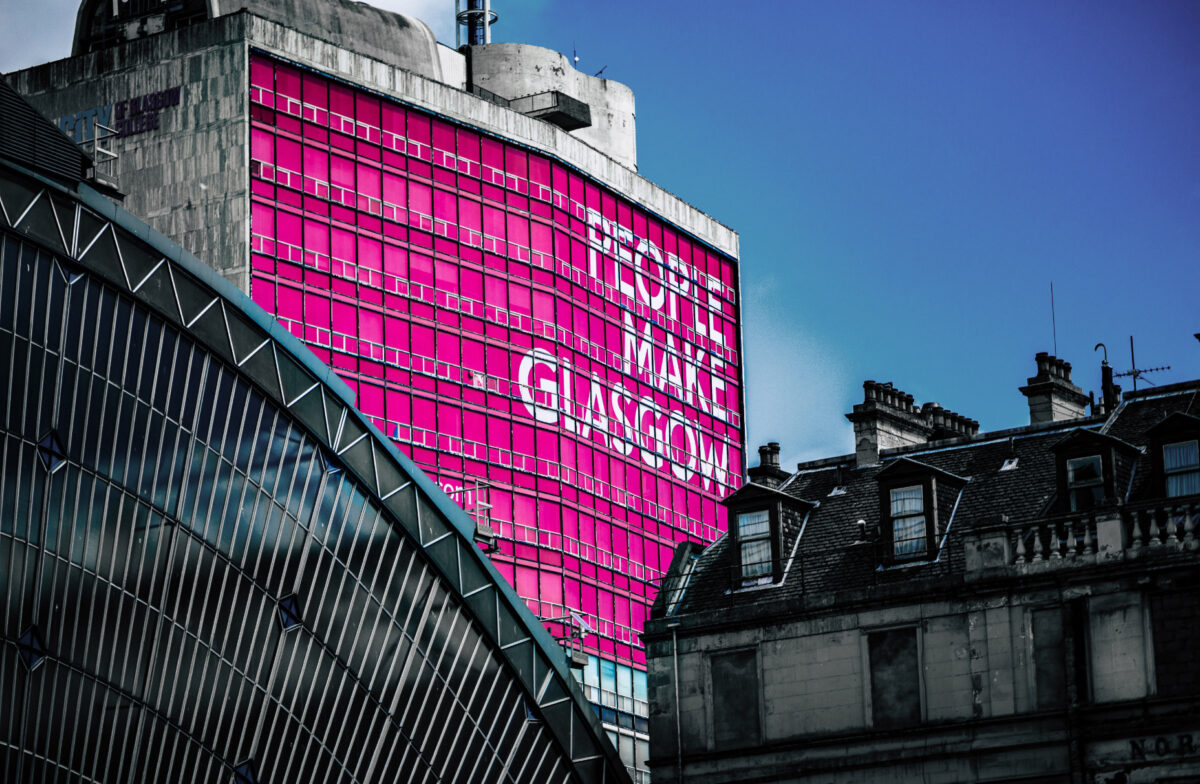It’s not easy for small cities to attract positive attention, but it is easy to forget that the rest of the world is not as interested in our hometown as those of us who live there. Small cities generally have rare opportunities to capture our attention or to impress the outside world.
Each year, thousands of small places across the USA come to the forefront in the national media for a few seconds in news reports or other events, and then disappear from our radar again. We usually don’t spend much time thinking about cities other than those that are regularly covered in the media, or those where we live, have visited, do business in, or where friends and relatives live. When we do hear of them, it is often for the wrong reasons such as bad weather, disasters, crime, accidents, or maybe in a more positive vein, for sporting events, famous people, or travelogues. Additionally, the media often unknowingly reinforces negative stereotypes or conveys inaccurate and outdated information about places.
Cities wanting to maintain or elevate the standard of living of their residents must counter unproductive stereotypes about themselves.
This is more of a challenge for those that have not actively projected a contemporary image of themselves or have not had a flow of visitors to see the reality of what the place is really like. Outdated and inaccurate images frequently prove slow and difficult to eradicate, even in the minds of residents who don’t recognize the positive changes that have occurred around them.
This is a real dilemma for places wanting to reach out and influence people in a very crowded and noisy world full of negative or indifferent media coverage. Changing the city’s image for the long term requires a well planned and systematic approach that goes beyond a quick fix advertising campaign, no matter how creative the campaign may be.
What Are The Benefits Of A Strong Community Brand?
While a brand strategy may be initiated with a clear set of objectives, we have found that the process often brings many unexpected bonuses, even before the brand is launched. The benefits for both your customers and your community may include:
1. Provides peace of mind by increasing trust and confidence.
2. Saves time and effort.
3. Simplifies choices.
4. Associations with the place reflects well on them.
5. Taps into their needs and desires.
6. Provides perceived added value and benefits.
The Benefits For Your Community’s Marketers
1. Provides a greater strategic focus.
2. Fosters a unified and cooperative approach to city marketing.
3. Establishes a clear, valued, and sustainable point of distinction in the minds of customers.
4. Provides a decision-making framework to build a strong, consistent brand identity and avoid contradictory and changing designs, messages, and images.
5. Results in a higher return on investment (ROI) from marketing investments.
6. Enables premium pricing rather than relying on discounts and incentives.
7. Introduces a more persuasive and efficient way to communicate with customers.
8. Leads to improved partnerships, distribution and publicity.
9. Creates a deterrent to competitors wanting to introduce similar messages, products, and experiences: the “first mover” advantage.
10. Provides an umbrella to capture the character and personality of the city enabling all marketers to use similar consistent and compelling messages.
11. Generates loyalty through more repeat customers and word-of-mouth referrals.
12. Provides a distinctive look and feel for marketing applications.
The Benefits For Your Community As A Whole
1. Creates a unifying focus for all public, private, and non-profit sector organizations that rely on the image of the place and its attractiveness.
2. Brings increased respect, recognition, loyalty, and celebrity.
3. Corrects out of date, inaccurate or unbalanced perceptions.
4. Improves stakeholder revenues, profit margins, and increases lodging tax revenues.
5. Increases the attractiveness of local products.
6. Increases the ability to attract, recruit, and retain talented people.
7. Provides the foundation for future product development, new businesses and investment.
8. Enhances civic pride and advocacy.
9. Allows a faster recovery if the place is affected by a crisis, such as a natural disaster or bad publicity.
10. Results in a lower turnover rate of businesses in prime locations.
11. Expands the size of the pie for stakeholders to get a larger share, rather than having to rely on pricing to steal share.
12. Contributes toward a broader economic base.
A place that has a healthy and respected brand identity can be a catalyst for leaders, businesses, and citizens being welcomed in the “right circles,” gaining seats on the “right” committees, attracting awards and grants, winning bids to host events, and attracting conferences and meetings. It makes it easier for a place (and its citizens) to be selected in any competitive setting because it is seen to have qualities and benefits that are good to be associated with.
Contributed to Branding Strategy Insider by: Bill Baker, Total Destination Marketing
Purchase his book, Destination Branding For Small Cities here
The Blake Project Can Help Your Destination Brand Thrive In: The Brand Positioning Workshop
Branding Strategy Insider is a service of The Blake Project: A strategic brand consultancy specializing in Brand Research, Brand Strategy, Brand Growth and Brand Education




